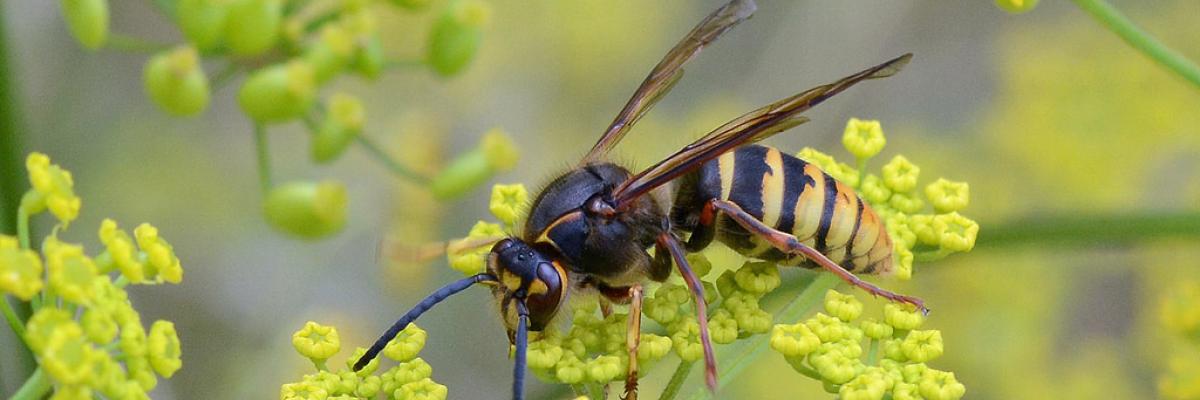
Protecting insect pollinators from pesticide risk
How farmers and growers achieve effective crop protection while limiting pollinators pesticide risk
Download the PDF
This Policy and Practice Note (one of a series produced by the Living With Environmental Change Partnership), draws on research carried out by the ‘Sustainable pollination services for UK crops’ project as part of the Insect Pollinators Initiative.
It sets the use of pesticides in context regarding their effect on beneficial insects. It looks at the ways in which insect pollinators are exposed to pesticides and what researchers know about the effects that exposing pollinators to low levels of pesticides can have.
There are sections on the limitations of pesticide risk assessments and the ways that pesticides, pathogens and habitat interact and increase harm to pollinators.
Perhaps most importantly, the actions that need to be carried out by policy makers and farmers, land managers and producers to minimise pesticides risks to pollinators are clearly outlined.
There is also a ‘Useful resources’ section at the end.
- Pollinators help increase the yield quality and quantity of some major fruit and vegetable crops, providing an estimated £440 million to UK agriculture every year (as of 2010). They also play a vital role in helping to maintain habitats, pollinate wild flowers and provide food resources for birds and other insects.
- The steady decline there has been in pollinator groups has been attributed to habitat loss, pesticides and agricultural intensification.
- While you can fix a large amount of nitrogen using simple clover and ryegrass mixes, the leys produced can be very susceptible to extreme climatic events and the capacity to attract pollinators is limited. Increasing the diversity of species in leys on your farm can benefit pollinators throughout the pollinating season and also help you to build in soil fertility.
- Legumes are especially important as a food resource for pollinators outside of major crop flowering times.
- Growing more diverse legume species over longer periods of time also attracts a more diverse range of pollinators.

